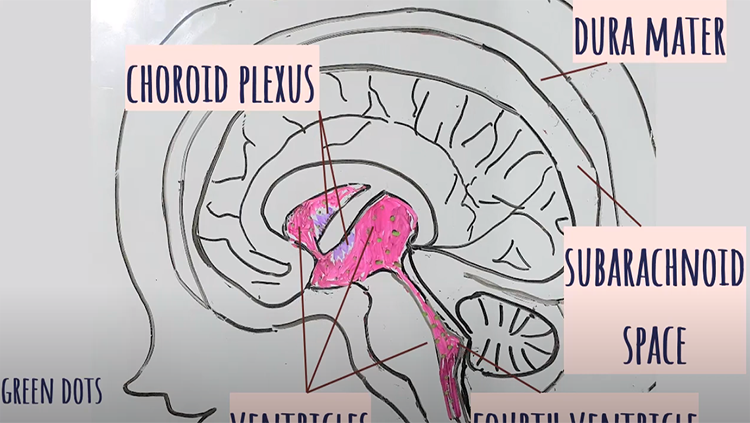Tics are a neurological condition characterized by involuntary and repetitive movements or sounds. Many people experience tics. Children, for example, may have transient tics that clear up on their own later in life. But why do they happen at all? Scientists think a buildup of neurotransmitters in parts of the brain helping plan and control movement may play a role. Researchers are working to unravel the neuroscience of tics and how they can be treated.
This is a video from the 2023 Brain Awareness Video Contest.
Created by Naya Winn and Kaser Winn.
CONTENT PROVIDED BY
BrainFacts/SfN
Transcript
We live in a world where we expect all movement to be voluntary. However, the template changes when tics dictate the rhythm of life. In this video, we explore the enigmatic neurological disorder that impacts millions: tics. Millions of people live with tics, a neurological disorder characterized by repetitive involuntary movements, including vocalization.
Tics not only affect individuals but also the relationships that shape their lives. Although tics may seem rare, they're actually a very common occurrence in our society. In fact, 1 in 5 school children experience tics during their childhood. As they grow older, these tics often seem to disappear, but why do tics appear in the first place? To answer this, we must delve into the neuroscience behind tics.
Although the exact cause and mechanism of tics still remains unknown to this day, current theories focus on the complex interconnections of different parts of the brain, most importantly the cortical-striatal-thalamic circuit. The circuit connects the motor cortex in the deep brain structures, including the basal ganglia and thalamus.
Normally, this circuit helps maintain the planning and control of movement. The striatum, the largest part of the basal ganglia, acts as a gatekeeper and works to regulate our movements, while the thalamus relays these signals up to the cerebral cortex. These parts make up the cortico-striatal-thalamic circuit.
Tics are thought to occur when there is abnormal activity of neurotransmitters such as dopamine and gamma-aminobutyric acid in the circuit, resulting in unregulated movements.
Tics fall into three categories: transient, chronic, motor, or vocal disorders, and Tourette’s syndrome. Transient tics disappear as children grow, while chronic tic disorders persist for at least a year.
Around 18 in 1,000 people have transient tics, compared to 22 in 1,000 with chronic motor and tick disorders. Chronic vocal tic disorders are far less common, affecting only 3 in 1,000 individuals. While the exact causes of tics are theoretical, some forms of tics can be genetic. Tourette’s Syndrome, a tic syndrome that can be genetic, resembles chronic tic disorders but also involves more frequent and complex tics.
Motor tics vary from simple to complex. Simple monitor tics involve one muscle group like blinking; complex motor tics involve multiple muscle groups and patterns such as leg bouncing, foot kicking, and jumping.
Vocal tics, like motor tics, can be simple or complex simple. Simple vocal tics include sounds like throat-clearing, while complex vocal tics involve repetitive words and phrases with multiple sounds in a pattern. As a physician, tics are a frequent occurrence in my patient population. Unfortunately, tics often self-extinguish as the child grows and there are several modes of therapy to mitigate ticking
Treatment options include therapy, which helps individuals manage tics by familiarizing them with the urge preceding a tic and teaching alternative movements. Medications like Botox and muscle relaxants can help reduce tic frequency, or antidepressants may be prescribed for tics associated with anxiety or OCD. Seeing a specialized neurologist can help navigate a treatment, including deep brain stimulation to reduce tics.
Recognizing that tics are common, treatable, and controllable: It is crucial to provide understanding and empathy to individuals with tics. Public figures like Billie Eilish and Lewis Capaldi openly discussing their tic disorders can help society become more accepting and understanding, realizing that this condition can affect anyone and does not limit a person's potential.

















